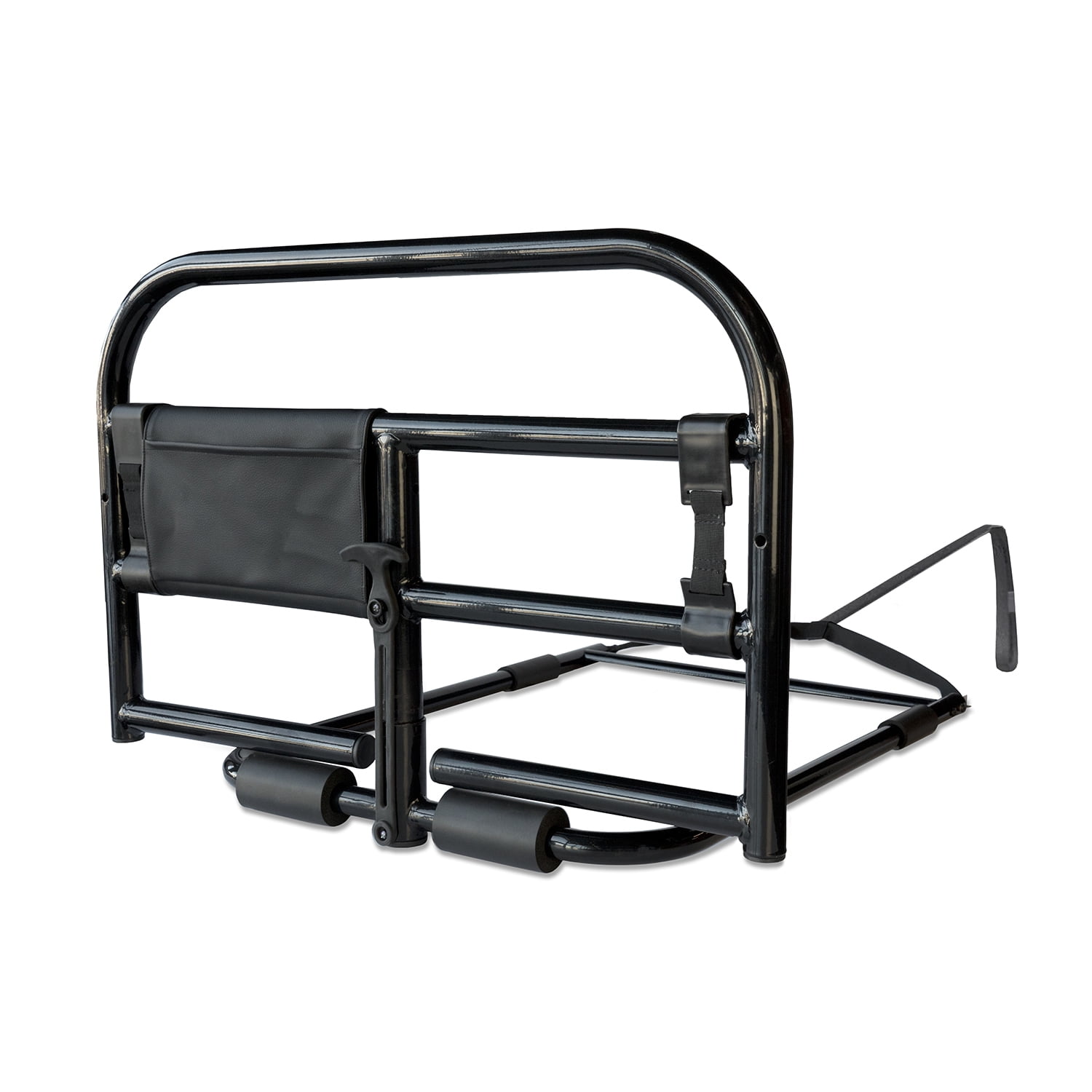

Bed rails can interfere with access to the bathroom, which can lead to incontinence problems.Bed rails can create a serious safety hazard if they are not properly installed or maintained.Bed rails can also interfere with access to the bathroom, which can lead to incontinence problems.I know that I have seen this happen a few times when I worked in nursing homes with patients who had dementia or Alzheimer’s disease.īed rails can also create a tripping hazard if they are not properly installed or maintained. If an elderly adult becomes tangled in the railings, they could be at risk for serious injuries or even death. One of the main dangers of bed rails is that they can actually trap a person in the bed. When elderly adults are unable to get in and out of bed on their own, a bed assist rail can help keep them from falling or rolling off the mattress.Īlthough a safety bed rail may seem like an ideal solution, even the best bed rails have some potential dangers that you should be aware of before making a decision about using them for yourself or an aging loved one. Ultimately, the best option will depend on a number of factors, including age, mobility level, medical conditions, and the overall safety risks associated with each alternative.


Some are to help seniors from falling out of bed and others are to assist them getting in and out of bed.Įach of these alternatives has its own advantages and disadvantages, so it is important for a senior or family member to consider the specific needs and preferences of individual adults when deciding on an appropriate bed safety solution. The alternatives to bed rails that we’ll be discussing in this article include roll guards, bed wedges, foam bumpers, concave mattresses, posey beds, grab bars, ceiling trapeze, platform beds and adjustable beds.


 0 kommentar(er)
0 kommentar(er)
